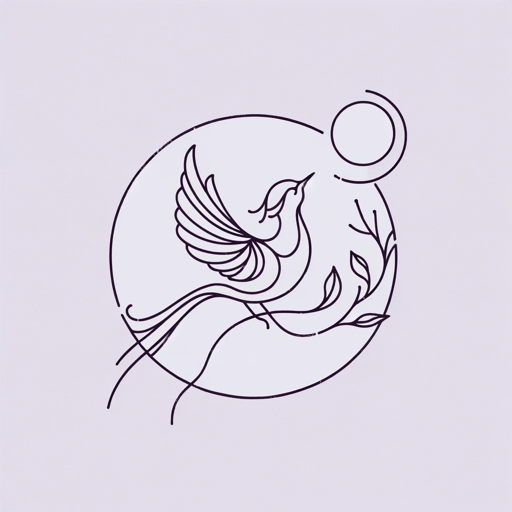35 pages • 1 hour read
Margaret AtwoodSiren Song
Fiction | Poem | Adult | Published in 1974A modern alternative to SparkNotes and CliffsNotes, SuperSummary offers high-quality Study Guides with detailed chapter summaries and analysis of major themes, characters, and more. For select classroom titles, we also provide Teaching Guides with discussion and quiz questions to prompt student engagement.
Discussion Starters
1. In Greek mythology, the Sirens, half bird and half woman, sing an irresistible song to passing sailors, causing them to meet their deaths by jumping overboard or crashing their ships into rocks. How is the speaker characterized in the poem? What do readers know about her? In what ways does the Siren’s characterization speak to societal sexism toward women?
2. During Odysseus’s journey home to Ithaca after the Trojan War, he must pass a series of ordeals. One of the early ordeals is to sail by the island of the Sirens without succumbing to their song. Another mythical creature, Circe, instructs Odysseus to place beeswax in the ears of his crew and to have the crew tie Odysseus to a pole. Rather than a cry for help, the Sirens offer Odysseus knowledge of “all that comes to pass on the fertile earth.” In what ways is Odysseus’s enforced resistance a lesson against overindulgence that the sailors and the reader fail to learn?
3. In Greek mythology, the Sirens begin as sea nymphs who attend the goddess Persephone. When Persephone is abducted by Hades, her mother, Demeter, transforms the nymphs into birds so they can aid in the search for Persephone. What does the speaker’s willingness to abandon the “two feathery maniacs” say about the relationship among women in the poem? Do you think this statement reflects her true attitude toward the other Sirens, or is it just another part of the seduction?
Related Titles
By Margaret Atwood

Alias Grace
Margaret Atwood

Backdrop Addresses Cowboy
Margaret Atwood

Cat's Eye
Margaret Atwood

Death By Landscape
Margaret Atwood

Hag-Seed: William Shakespeare's The Tempest Retold
Margaret Atwood

Happy Endings
Margaret Atwood

Helen of Troy Does Countertop Dancing
Margaret Atwood

Lady Oracle
Margaret Atwood

Life Before Man
Margaret Atwood

MaddAddam
Margaret Atwood

Oryx and Crake
Margaret Atwood

Rape Fantasies
Margaret Atwood

Stone Mattress
Margaret Atwood

Surfacing
Margaret Atwood

The Blind Assassin
Margaret Atwood

The Circle Game
Margaret Atwood

The Edible Woman
Margaret Atwood

The Handmaid's Tale
Margaret Atwood

The Heart Goes Last
Margaret Atwood

The Landlady
Margaret Atwood

